The Complexities of Billing for a Fulfillment Third Party Logistics Provider
Mohnish Chakravarti is the Founder & Chief Executive Officer of Rails.
Third party logistics providers (3PLs) are often seen as invaluable partners to brands as they allow their clients to scale with ease. Ask any brand operator that you know about their experience in billing with a 3PL, and they will tell you that it leaves a lot to be desired in terms of clarity, transparency and flexibility.
In this article, we will explore the intricacies of billing for 3PLs and provide recommendations for both brand operators and 3PLs to collaborate effectively, ensuring a smoother billing experience.
To really understand how complicated billing can get, let’s look at the steps needed to fulfill an order.
Receive and Store Products
The cost incurred for storing products is often measured in the number of items stored at the warehouse, or the amount of storage units needed to store the items. The cost incurred for receiving these products is similar to those outlined below.
Prepare Package
3PLs charge their clients pick-pack charges to cover labor costs in fulfilling an order. They may also charge for the raw cost of boxes and packaging materials. Additional charges may apply for specific packaging instructions, special items or kits, handling of fragile materials, and other special care requirements.
Ship Package
If a brand or retailer uses their 3PLs’ shipping accounts, the 3PL charges them for the cost of shipping after adding a small margin to it
This may seem like a straightforward process, but billing clients for it is anything but straightforward. While a few warehouse management systems allow their clients to automatically create client bills from all activity recorded in the warehouse management system, for many 3PLs, the billing process is an extremely manual one.
The Billing Process Can Be Complex
The billing process can be complex due to various factors including service complexity, customer-specific contracts, and manual processing of bills.
Service Complexity
3PL services often involve a combination of warehousing, transportation, and value-added services. Each of these components may have individual billing rates or specific pricing structures, making the billing process intricate and time-consuming.
For an example of how complex billing contracts can get, consider a billing contract that charges $0.25 per item shipped in all Amazon orders, $0.10 per item shipped in all Shopify orders, and adds $0.50 per fragile item shipped.
The billing contract for the 3PL involves charging the client a different amount per item processed in an order based on the work required by the channel the order came through. To determine the total charge, the 3PL needs to obtain the channel associated with each order and export a report containing item attributes to identify fragile items. Using this information, the 3PL applies complex conditional rules to accurately calculate the charge per order.
Customer-Specific Contracts
Different brand operators may have unique fulfillment requirements, leading to the creation of customer-specific contracts. Managing multiple contracts and ensuring accurate billing in compliance with each contract can be a demanding task for 3PLs.
Manual Processing of Bills
Many 3PLs still rely on manual processes for creating bills, which are time-consuming and prone to human errors. Manual data entry, calculations, and verification can delay the billing process and may lead to inaccuracies. Due to the numerous steps involved in transforming raw data from the warehouse management systems to client bills, delivering transparent line-item level information also becomes a challenge for 3PLs.
All of these issues lead to problems for 3PLs and their clients alike. For 3PLs, inaccurate bills result in profit leakage or lead to a reduction of margin per service rendered. For brands and retailers, receiving late or incomplete bills prevents them from accurately planning and forecasting finances.
How can 3PLs and their clients work together to ensure a smoother billing experience for each other?
3PLs should invest in automation for managing billing contracts and creating bills. This can involve upgrading warehouse management systems, using third-party billing software, or developing internal tools. Automation reduces errors and delays, especially with customized billing contracts. Additionally, bills should provide easy access to underlying data for transparency with clients.
Brands should improve communication with 3PLs regarding data for billing contracts, simplifying access where possible. For instance, using unique order tags for orders that would otherwise require the 3PL to export and compare data from multiple reports. Accepting flexible payment terms benefits both parties, offering financial flexibility for 3PLs and simplifying auditing for brands.
Billing for 3PL services can be complex due to the intricate nature of supply chains and the diverse requirements of brands in today's world with demanding consumers. However, by adopting control and automation, improving communication, simplifying billing contracts, and continuously improving processes, brand operators and 3PLs can ensure a smoother billing experience. Investing in the right tools and fostering collaboration will enhance the efficiency and accuracy of billing, resulting in a solid partnership between brand operators and 3PLs.

